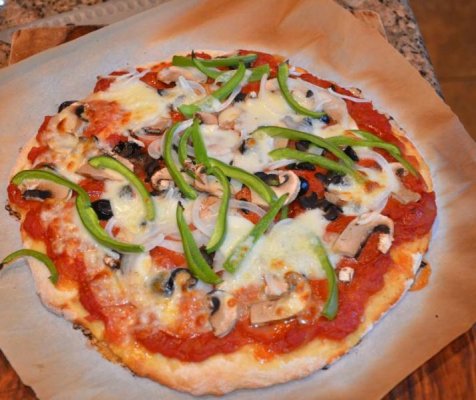Andy M.
Certified Pretend Chef
Pizza peels. They are made of wood. They are made of metal. They are cheap. They are expensive.
Reading the pros and cons online I find the wood peel is downgraded for being too thick thus making it difficult to turn a pizza in the oven. The metal ones are criticized because raw dough tends to stick a bit more than on a wood peel.
I have only ever used a $10 wood peel. I don't really have a major issue with it. I'm on my second one. I got curious about the metal ones as they look easier to use. I don't turn the pizza once it's in the oven. I am concerned about sticking so I use a ton of coarse corn meal on the peel.
I also have seen the super peel that uses baking cloth with a mechanism that allows you to easily slide the pizza onto the stone. Not interested.
What do DC's experienced pizza makers think? What do you use and why?
Reading the pros and cons online I find the wood peel is downgraded for being too thick thus making it difficult to turn a pizza in the oven. The metal ones are criticized because raw dough tends to stick a bit more than on a wood peel.
I have only ever used a $10 wood peel. I don't really have a major issue with it. I'm on my second one. I got curious about the metal ones as they look easier to use. I don't turn the pizza once it's in the oven. I am concerned about sticking so I use a ton of coarse corn meal on the peel.
I also have seen the super peel that uses baking cloth with a mechanism that allows you to easily slide the pizza onto the stone. Not interested.
What do DC's experienced pizza makers think? What do you use and why?

